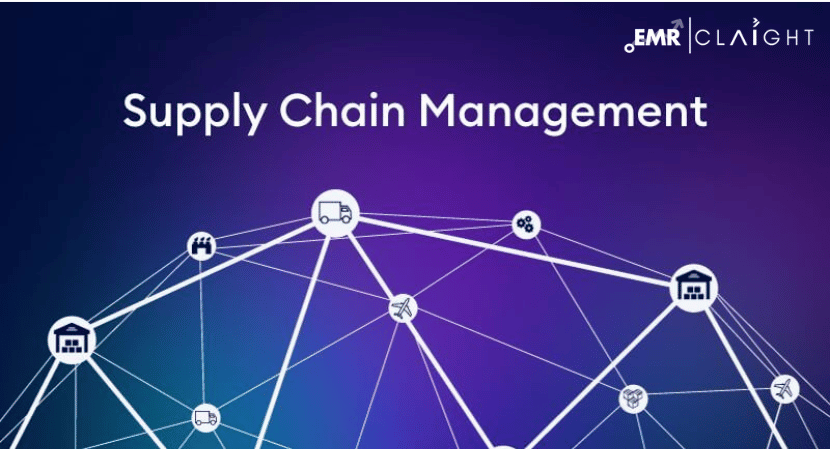The supply chain finance (SCF) market has become a critical pillar of global trade, helping businesses optimize liquidity, strengthen supplier relationships, and reduce financial risks. As companies navigate increasingly complex supply networks, SCF solutions bridge the gap between buyers and suppliers by offering quicker access to working capital, improved cash flow visibility, and enhanced operational resilience.
What is Supply Chain Finance?
Supply chain finance is a set of financial tools that help businesses unlock capital tied up in their supply chains. Unlike traditional trade financing, SCF programs are typically initiated by large buyers who allow their suppliers to receive early payment for invoices, usually at lower financing costs.
This “win-win” model ensures that:
-
Buyers can preserve their own cash flow and extend payment terms.
-
Suppliers gain faster access to liquidity at favorable rates.
-
Financial institutions or fintech providers earn returns by facilitating the transactions.
Understanding Supply Chain Finance
Supply chain finance industry refers to a set of technology-driven financial solutions that allow buyers and suppliers to manage their receivables, payables, and working capital more effectively. Unlike traditional financing, SCF leverages the creditworthiness of larger buyers to provide suppliers with early payments at lower costs. This arrangement benefits both parties—buyers can extend their payment terms while suppliers enjoy faster access to funds.
Key Drivers of Market Growth
Several factors are shaping the global supply chain finance market:
-
Globalization of Trade: As international trade expands, businesses require financing tools that can handle cross-border transactions efficiently.
-
Need for Liquidity Optimization: Firms are increasingly focused on maintaining strong liquidity positions to weather economic uncertainty.
-
Digital Transformation: Advanced SCF platforms leverage AI, blockchain, and automation to ensure transparency and reduce transaction friction.SME Financing Gap: Supply chain finance is particularly attractive for small and medium-sized enterprises (SMEs) that often struggle to secure traditional credit.Key Market Drivers
-
Rising Global Trade Volumes – As cross-border commerce grows, businesses seek financing tools that can accommodate complex, multi-country supply networks.
-
Cash Flow Pressures – In uncertain economic conditions, companies are prioritizing liquidity management to stay agile.
-
Technological Innovation – Automation, blockchain, and AI-driven platforms are transforming how SCF solutions are delivered, reducing inefficiencies.
-
SME Financing Needs – Many SMEs face restricted access to traditional loans, making SCF a vital alternative.
-
Resilient Supply Chains – Disruptions such as geopolitical tensions, pandemics, or trade restrictions have highlighted the need for flexible financial solutions to keep supply chains moving.
Supply chain finance industry refers to a set of technology-driven financial solutions that allow buyers and suppliers to manage their receivables, payables, and working capital more effectively. Unlike traditional financing, SCF leverages the creditworthiness of larger buyers to provide suppliers with early payments at lower costs. This arrangement benefits both parties—buyers can extend their payment terms while suppliers enjoy faster access to funds.
Emerging Market Trends
-
Sustainable Finance Integration – Companies are linking SCF programs to sustainability goals by offering better financing terms to suppliers who comply with ESG practices.
-
Blockchain & Smart Contracts – These technologies are bringing greater transparency and trust to cross-border trade financing.
-
Digital Platforms & APIs – Cloud-based SCF solutions are enabling real-time visibility into payment cycles, easing supplier onboarding.
-
Artificial Intelligence in Risk Management – AI is increasingly being used to evaluate supplier creditworthiness and detect potential disruptions before they occur.
-
Shift Toward Dynamic Discounting – Buyers are offering early payments to suppliers in exchange for discounts, creating a flexible, mutually beneficial model.
Opportunities in the Market
-
Expansion in Emerging Economies – With rapid industrialization in Asia-Pacific, Africa, and Latin America, demand for SCF solutions is growing as regional trade expands.
-
Collaboration with Fintech Startups – Traditional banks are forming partnerships with fintech firms to improve efficiency and enhance digital capabilities.
-
Integration with ERP & Supply Chain Platforms – Linking SCF programs with enterprise resource planning (ERP) systems allows businesses to automate and streamline processes.
-
Diversified Funding Sources – The entry of institutional investors into SCF programs is expanding the funding base and reducing dependency on banks.
Challenges Facing the Market
-
Regulatory Uncertainty – Different jurisdictions impose varying rules on trade finance, creating compliance complexities.
-
Onboarding Barriers for SMEs – Smaller suppliers often find digital platforms difficult to adopt due to limited digital literacy or lack of awareness.
-
Risk of Over-Reliance on Buyer Creditworthiness – If large buyers face financial stress, suppliers may suffer delayed payments despite participating in SCF programs.
-
Cybersecurity Risks – As SCF becomes increasingly digitized, threats such as data breaches and cyberattacks present growing concerns.
Future Outlook
The future of supply chain finance lies in deeper digital integration, enhanced sustainability-driven financing models, and broader inclusion of SMEs in global value chains. As companies seek greater transparency, efficiency, and resilience, SCF will move beyond being just a financing tool and become a strategic enabler of global trade ecosystems.
Large corporations will likely expand multi-tier financing programs, reaching not just direct suppliers but also sub-suppliers further down the chain. Meanwhile, innovations in AI, blockchain, and ESG-linked financing will create new opportunities for collaboration between banks, fintechs, and corporates.
